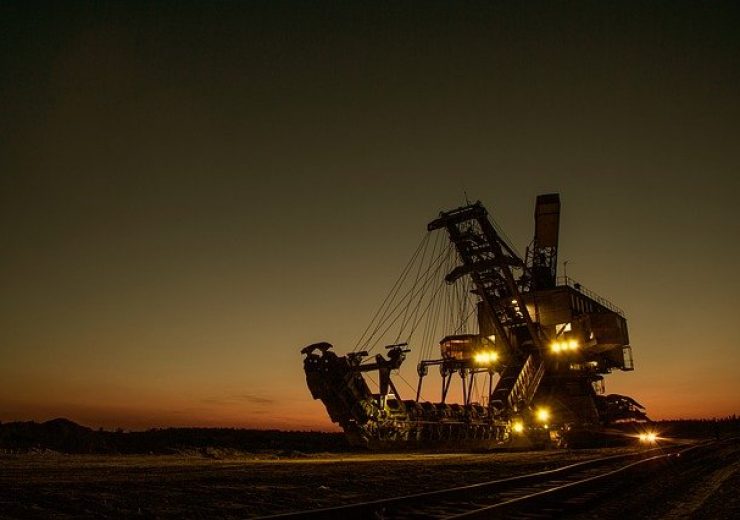New coalition Government to form in Greenland following national election on 6 April 2021

Greenland Minerals Seeks Consultation with New Greenland Government. (Credit: Khusen Rustamov from Pixabay.)
Greenland Minerals Ltd (‘GGG’ or ‘Company’) wishes to provide an update on its Kvanefjeld rare earth project in Greenland following news that a new coalition government has formed.
There are reports two political parties, Inuit Ataqatigiit (IA) and Naleraq, will form a new coalition Government following Greenland’s national election in on 6 April 2021. The new Government’s leadership has publicly stated a political intention to cease development of GGG’s Kvanefjeld rare earth project.
The Kvanefjeld project is based on an exploration licence granted under the Greenland Mineral Resources Act. It has been operated by GGG in close dialogue with all Greenland governments since commencing operations in 2007.
GGG has applied for an exploitation (mining) licence and taken advice from senior Danish legal counsel as to its legal rights in respect of its application.
Following a multi-year investigation process, on 17 December 2020, the former Greenland government approved GGG’s Environmental Impact Assessment (EIA) and the Social Impact Assessment (SIA) reports as meeting the requirements for initiating the statutory public consultation process. This process was determined by the authorities to take place in the period from 18 December 2020 to 1 June 2021.
GGG intends to continue the public consultation process and will initiate a dialogue with the new Government when in place over the protection and enforcement of GGG’s legal position, rights and assets, including the right to be granted an exploitation licence.
The independent scientific review of the Kvanefjeld EIA and supporting technical studies concluded in 2020, with the EIA assessed to meet the requirements of the EIA Guidelines to commence the statutory public hearing. Fulfilment of the Guidelines means that all aspects of the Kvanefjeld Project are based on international environmental standards and the principles of ‘Best Available Technology’ and ‘Best Environmental Practice’. Independent scientific reviews of the Kvanefjeld EIA were conducted by the Danish Centre for Environment with assistance from the Greenland Institute of Natural Resources.
GGG will keep the market informed of any material developments upon its application for an exploitation licence.
The Kvanefjeld Rare Earth Project is one of the most significant and advanced emerging rare earth projects globally. The Project is unique with respect to its favourable metallurgy and forecast production profile across all commercially important rare earths. Kvanefjeld is located near existing infrastructure in southern Greenland with year-round direct shipping access to the project area.
Rare earth elements are critical to the electric vehicle revolution and renewable energy, as well as many other energy efficient applications. The Kvanefjeld Project is forecast to be a globally significant producer of all commercially important rare earth elements including neodymium, praseodymium, terbium and dysprosium, over an initial 37-year mine life. These rare earths are used to make high powered permanent magnets that are utilised in electric vehicles and wind turbines, along with many other applications. Kvanefjeld is well-placed to meet the major surge in rare earth demand that will be generated by the transition to electric vehicles, along with growth in renewable energy.
Greenland Minerals Ltd has an internationally diverse shareholder base. The largest shareholder (9.4%) is Shenghe Resources Holding Co Ltd, a leading international rare earth company that supplies end-user industries globally with high purity rare earth metals and oxides. Shenghe have also played a key role in the successful restart of the Mountain Pass rare earth mine in the United States. Shenghe bring full rare earth value chain proficiency to the Kvanefjeld Project.
Source: Company Press Release
